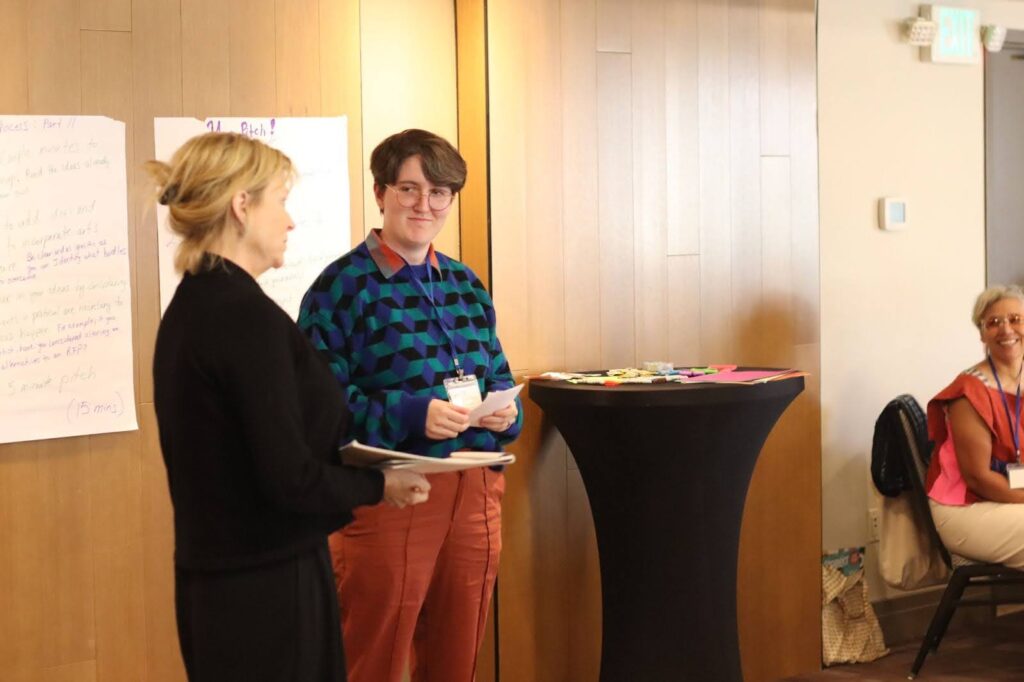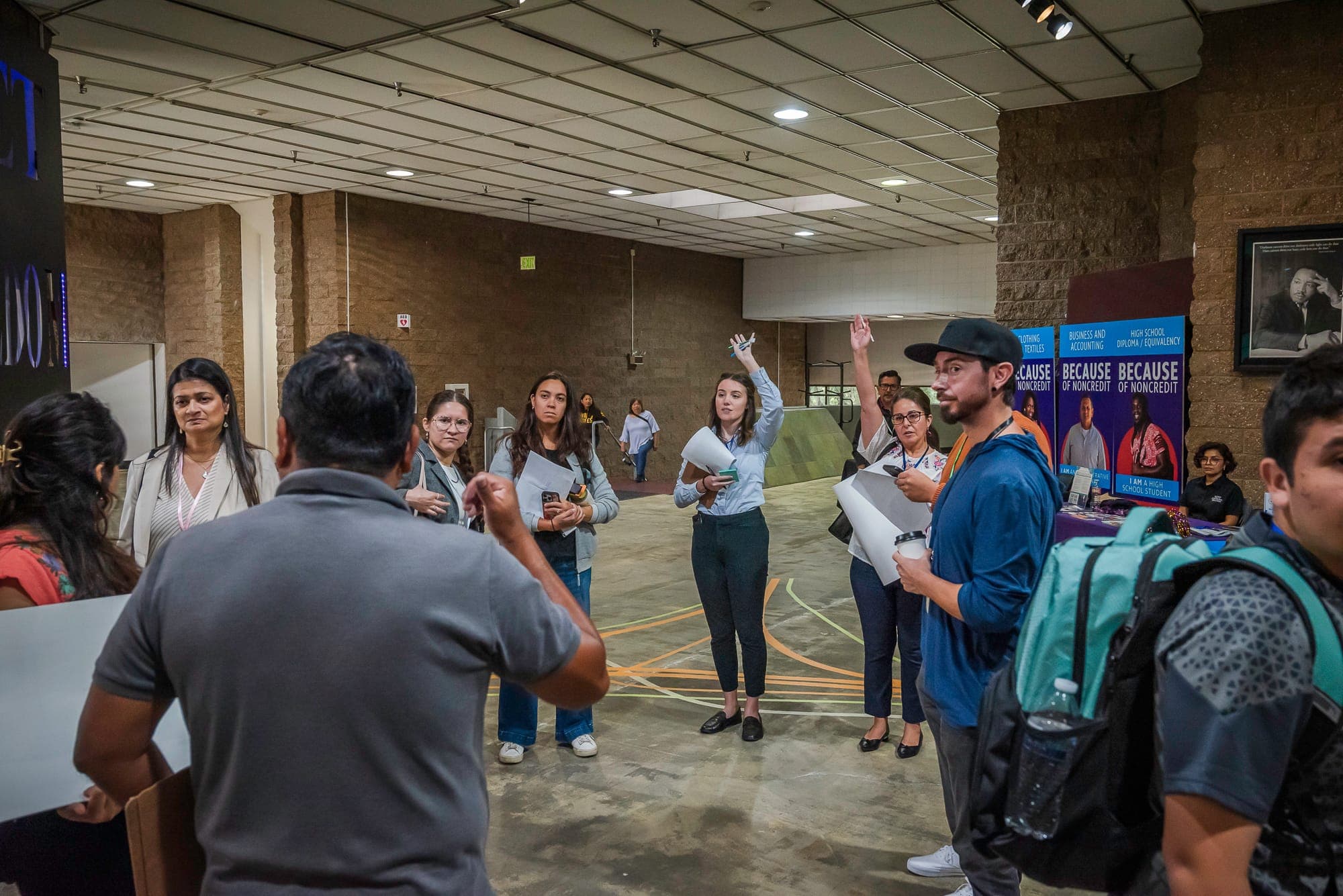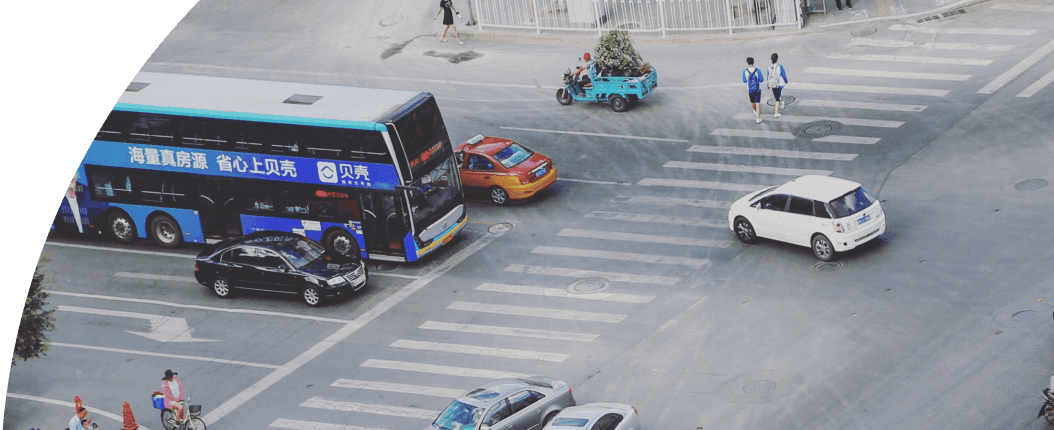
News
By Marian Liou, October 17, 2025
Through their participation in Smart Growth America’s Culture and Community Network, a group of planners from across the Flint Hills region in Kansas is taking small steps to build confidence and capacity over time for arts and culture and creativity in transportation planning and community engagement. Through low-risk experiments, such as hosting a trivia night, participating in a monthly arts event, or organizing a small-scale design competition, these colleagues are learning how creativity can reshape planning processes and set the stage for broader integration in future, large-scale projects.

Key regional planning staff
Flint Hills resident Janna Williams brings a background in landscape architecture and regional planning to her work with the Flint Hills Regional Council and Economic Development District. She views the current moment as an opportunity to pilot arts integration strategies that can later inform more ambitious regional planning efforts. Abigail Danner, Transportation Planner at the Flint Hills Metropolitan Planning Organization, and recent Kansas State University graduate from the landscape architecture program, is motivated by the belief that planning can be both functional and creative. She sees experimentation as a way to make engagement more approachable for younger families and underrepresented voices. Angela Schnee, City Planner for Ogden, has long been interested in bringing artistic elements into transportation projects. Her early attempt to spark a community-driven mural underscored the need to rethink how to lower barriers for participation.
Arts and culture efforts
The Flint Hills MPO is nearing the conclusion of its long-range transportation plan, Connect 2050, and, through the Culture and Community Network, has introduced creative activities into what is typically a very structured process. Instead of relying solely on open houses that usually attract a narrow demographic, they are testing:
- Trivia nights at local breweries, using transportation and local history themes to engage residents in a fun, low-pressure setting.
- Participating in Third Thursdays in Manhattan, Kansas, a downtown arts event where planning activities like mental mapping and sketching exercises are woven into existing community celebrations.
- Family-friendly engagement activities that make concepts accessible to children and open planning conversations to new constituents.
Separately, the Regional Council is seeking to build off a successful cultural asset mapping project that identified more than 85 arts and cultural resources across the region. This mapping effort has become a foundation for future conversations about connecting arts to planning in ways that are community-driven.
Challenges along the way
Working across small agencies (the Flint Hills MPO has two employees) means that staff capacity is often stretched thin, and creative activities can feel like extra work on top of core planning responsibilities. Early efforts, such as a design competition for a community mural, revealed that participation doesn’t always come easily; agencies may need to tap into different networks, or build their own, while developing new processes, to reach potential partners. That said, a smaller agency can also mean more nimbleness and less bureaucratic processes to navigate, allowing for quicker decision-making and independence for greater experimentation and faster learning. These lessons have underscored the importance of starting small, testing formats, and iterating.
Lessons learned
The Flint Hills team’s participation in the Culture & Community Network has reinforced the value of experimentation:
- Creativity is a process, not a product. Engagement doesn’t need to result in a polished product or visual art to be meaningful. Creative activities like sketching or mapping, in a variety of nontraditional venues, can serve as entry points to help residents, particularly those who have rarely engaged in transportation or other planning processes share ideas.
- Informality matters. Trivia nights and arts festivals attract audiences that might never attend a traditional public meeting or town hall.
- Learning happens through peers. Exposure to practices in other cities and discussion with other CCN participants has given the team permission to try, fail, and adapt.
Looking ahead
The Flint Hills team is committed to carrying these lessons they’ve acquired through CCN into future planning efforts by:
- Introducing creative methods at the start of new plans rather than as end-stage add-ons.
- Meeting quarterly and communicating regularly to share opportunities and coordinate experiments.
- Exploring collaboration with the Kansas State University arts program and local arts groups to build momentum and capacity.
- Using upcoming comprehensive plan updates as a testing ground for integrating arts more fully into regional planning.
The key takeaway from Flint Hills is that creativity in planning does not require large budgets or a fully developed program from the outset. Small steps can spark imagination, broaden participation, and prepare the ground for arts and culture to be embedded more systematically in future, large-scale planning efforts.
Related News

© 2025 Smart Growth America. All rights reserved
Site By3Lane Marketing
















